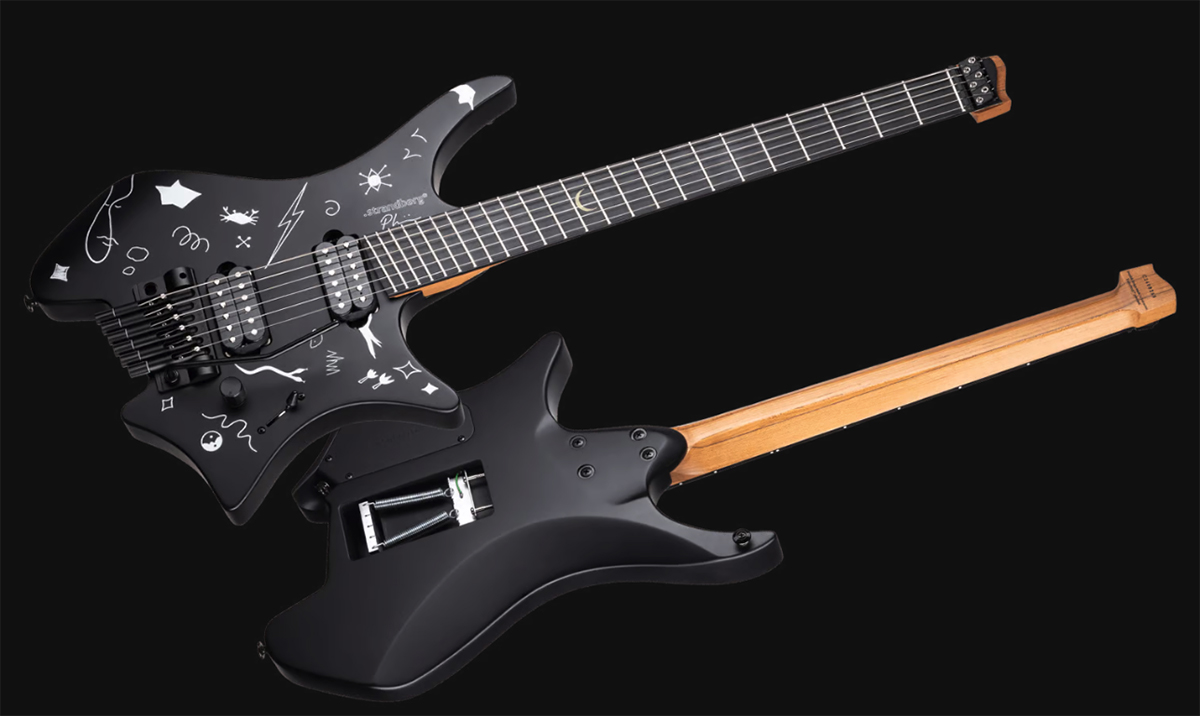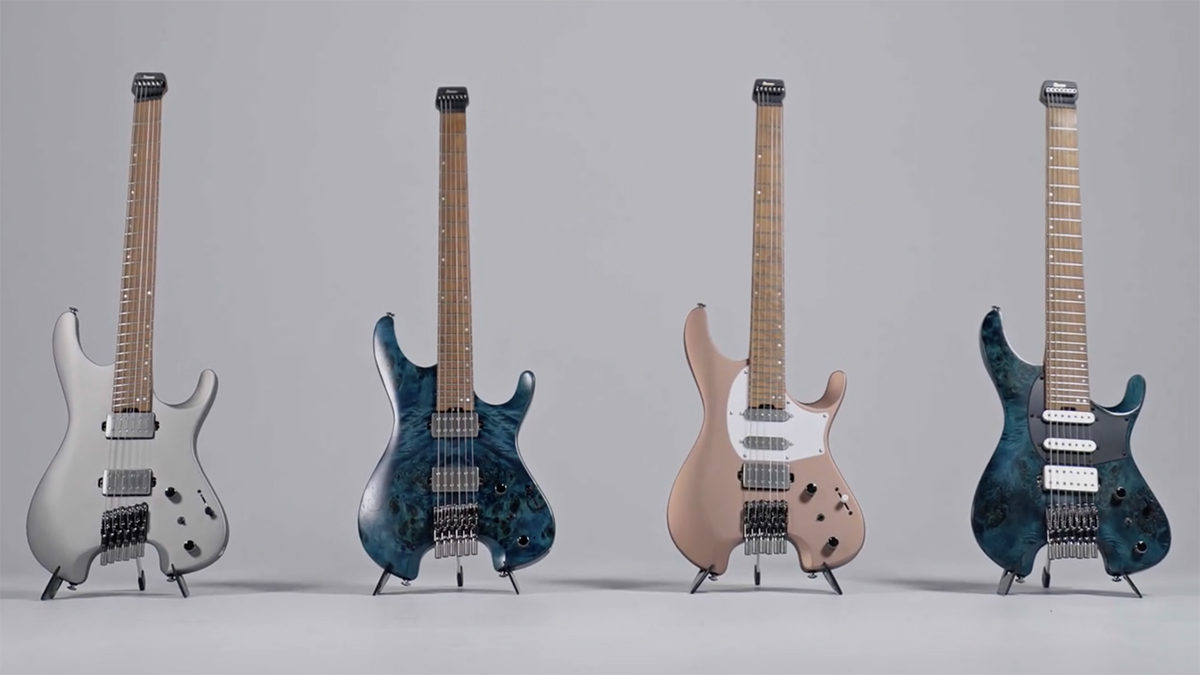One of the most enduring gear trends we’ve seen sweep across the electric guitar world over the past five years or so has been the unstoppable rise of headless guitars.
From Strandberg’s early innovations all the way to modern builds from the likes of Ibanez and Schecter, the appeal of headless electrics doesn’t seem to be going away – if anything, it only seems to be growing stronger.
But what has made them so attractive to guitar players? To find out, we caught up with Australian progressive metal virtuoso Plini – one of the most notable champions of headless guitars – at NAMM 2025 to ask him that very question while getting the lowdown on his latest signature model.
“I think the reason Strandberg did it is because, if you get rid of the headstock, it makes the guitar lighter,” Plini notes of the headless appeal, “so you can scoop out the body, too. It's just more ergonomic.”
The headless trend seems to be sticking around. Since Strandberg changed the game with its own Boden range, Ibanez has gone on to release its Quest family, Kiesel’s K-Series has grown exponentially, and Schecter has even worked with Synyster Gates to produce its own headless artist model.

And that’s before we even mention the likes of the Tamar, a boutique multi-scale model from UK builder Yarde Guitars; Balaguer’s Growler, which dropped late last year; and Harley Benton, whose budget guitar efforts branched into the headless market a few years back.
Of course, headless guitars had a bit of a thing back in the 1980s thanks to brands such as Steinberger, but now they seem to be more popular than ever.
And, according to Plini, this makes sense: the more they get played, the more likely it is that other players will soon see the appeal of wielding a guitar that can shed some serious weight off their back.

“I think maybe people are cottoning on to the fact that that it's just, like, a good idea,” he continues. “Because, like, if you don't need a 20 kilo guitar, why have it? Maybe just the fact that more people are playing them, they look more normal. I'm happy about it.”
From Jacob Collier to Manuel Gardner Fernandes and beyond, some of today’s brightest guitar talents are turning to headless six-strings to facilitate their playing, and with more brands hopping on the headless hype train, we don’t expect this trend to slow down anytime soon.







